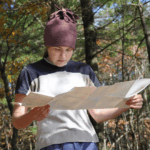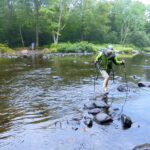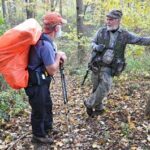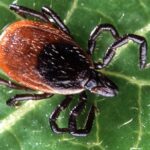Safety and Preparedness on the A.T.
Hiking the Appalachian Trail is an incredible adventure, but it’s important to stay prepared. From preventing crime to knowing how to handle emergencies, these tips will help you hike confidently and safely.







Report an Incident
While the Appalachian Trail is a relatively safe place to visit, that does not mean that there are not potential dangers while you are hiking or camping. If you see something, say something — this will help us keep the A.T. as safe as possible for our visitors.
Report an IncidentWeather and Seasonal Hazards on the A.T.
Weather along the Appalachian Trail can change quickly. From summer storms to winter snow, understanding seasonal hazards will help you prepare for any condition.

Weather Hazards
Learn More
Lightning Safety
Learn More
Mud Season
Learn More
Wildfires
Learn More

